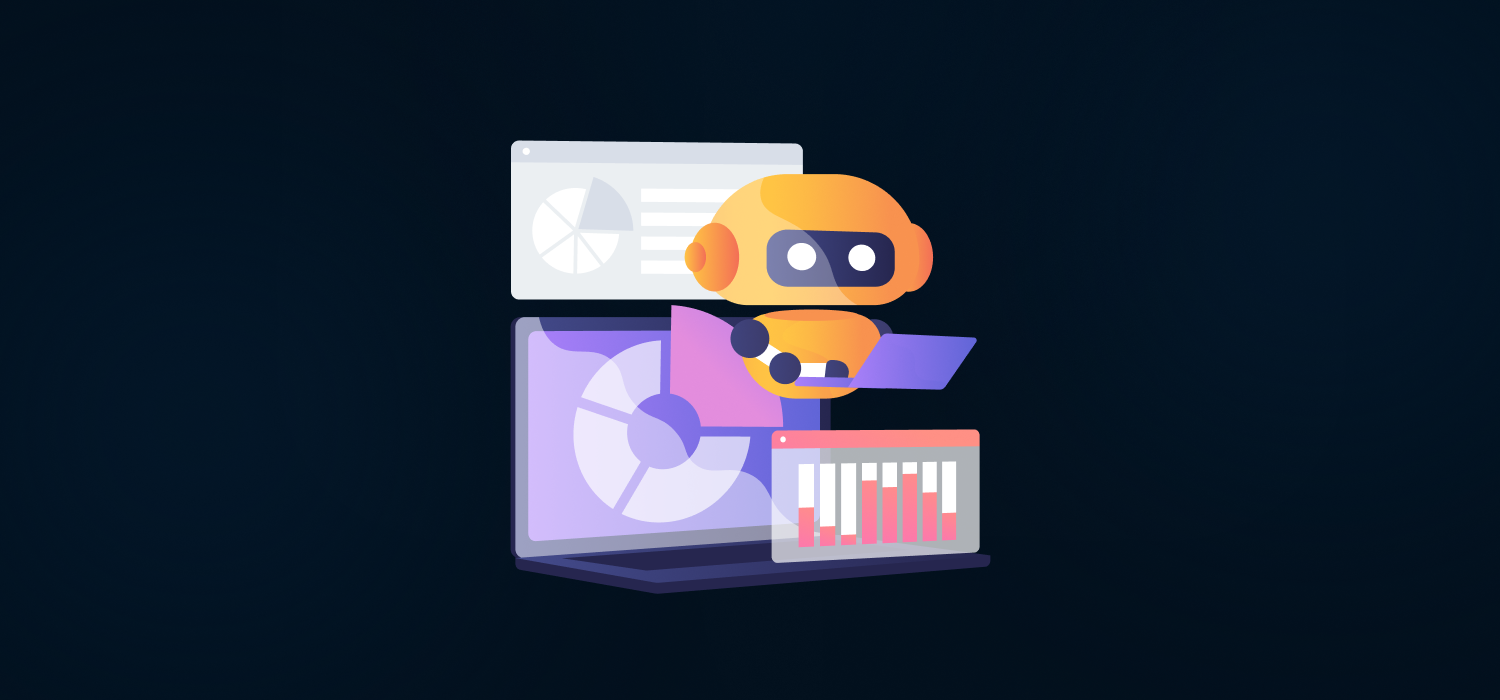RPA Trends: Insights and Predictions for 2025
In 2025, RPA trends focus on blending AI with automation for smarter processes, wider cloud use, and hyperautomation to handle complex tasks across businesses.
Did you know the RPA market will be USD 30.85 billion by 2030 (Grand View Research)? That’s a big jump showing how companies turn to these tools for better operations.
As someone who’s built RPA systems for years, we see firms picking RPA solutions early on to stay ahead. These setups cut down manual work and speed things up.
RPA services now mix with new tech, making them fit for all kinds of teams.
What Drives RPA Growth in 2025?
Businesses want faster ways to handle daily jobs. RPA steps in here, taking over repeat steps so people focus on bigger ideas. The global RPA market is expected to reach $9.91B in 2025, up from $7.94B in 2024 (The Business Research Company, 2025). This shift comes from needs like cost control and quick changes.
Many groups now look for RPA development services to build custom bots that match their work. A good RPA development company helps set this up right from the start.
How Does AI Fit Into RPA?
Artificial Intelligence (AI) makes Robotic Process Automation (RPA) much smarter than before. Instead of just following fixed rules, bots can now read data, notice patterns, and make choices on their own.
For example, an AI-powered bot can:
- Read emails and sort them based on content.
- Extract details from invoices or forms without strict instructions.
- Spot unusual data and flag it before errors happen.
This blend of RPA with AI reduces mistakes, speeds up processes, and frees teams from repetitive work. Businesses often use it in areas like customer support, data entry, or handling large amounts of documents.
What About Hyperautomation in RPA?
Hyperautomation takes RPA a step further by connecting it with other tools such as process mining and workflow software. Instead of automating one small task, it helps build end-to-end flows that connect entire departments.
Key benefits include:
- Wider reach: More processes across the company can run automatically.
- Better insights: Data collected from different systems gives a full picture.
- Quick setup: Start with a few tasks and expand gradually.
This approach helps companies break silos and run smoother operations, making everyday tasks less manual and more connected. About 53% of businesses have already implemented RPA (Market.us Scoop, 2025).

Why Move RPA to the Cloud?
Running RPA in the cloud makes it flexible and easy to access. Bots are not tied to in-house servers, which means they can run from anywhere, at any time.
Benefits of cloud RPA:
- No heavy investment in local servers.
- Scale up or down as business needs change.
- Faster updates with minimal downtime.
- Lower setup costs, making it easier for companies of all sizes to get started.
Many organizations prefer cloud-based RPA because it reduces upfront expenses while giving them the freedom to expand as they grow.
How Do Security and Rules Affect RPA?
As RPA handles more tasks, security becomes a key concern. Sensitive data flows through bots, and even small gaps can cause risks. To prevent this, modern RPA includes stronger security checks.
Rules around data use also matter. Bots now track and record every action, giving companies clear visibility and building trust in automation.
Key points:
- Data Protection: Built-in layers keep sensitive data safe.
- Clear Tracking: Every bot action is logged for review.
- Regulatory Pressure: RPA adapts to meet industry rules.
- Trust Building: Strong security boosts confidence in automation.
What Are the Current RPA Trends?
The way RPA is used is changing quickly, shaped by new needs and technology.
- AI Integration: Bots now learn patterns and adjust on their own, leading to faster and smarter results.
- Hyperautomation: Businesses connect RPA with other tools to automate entire workflows, not just single tasks.
- Cloud Adoption: More RPA setups run on the cloud, which makes it easier to use from anywhere and cut costs.
- Security Focus: Extra measures are being added to protect sensitive data at every step.
- Industry-Specific Use: Sectors like healthcare, finance, and retail get RPA designed to fit their unique processes.
These shifts show how RPA continues to grow while meeting both business needs and security demands.
Conclusion
RPA in 2025 brings tools that adapt and grow with businesses. From AI smarts to cloud ease, these changes help teams work better. As an expert in this field, we think picking the right path now sets up success later.
FAQs
What costs come with starting RPA?
Starting RPA costs vary by size, but often include software licenses around $5,000 to $50,000 yearly for small setups, plus setup fees.
How long does it take to set up RPA in a firm?
Setup takes 4 to 12 weeks, based on process count and team size.
Which sectors gain most from RPA?
Finance, health, and retail see big wins, with finance cutting process time by 50%.
Can RPA work with old systems?
Yes, RPA links to legacy apps without big changes, using screen scraping.
What skills for RPA upkeep?
Basic coding and process know-how help, but many tools need little code.

 contact
contact

 By
By 


